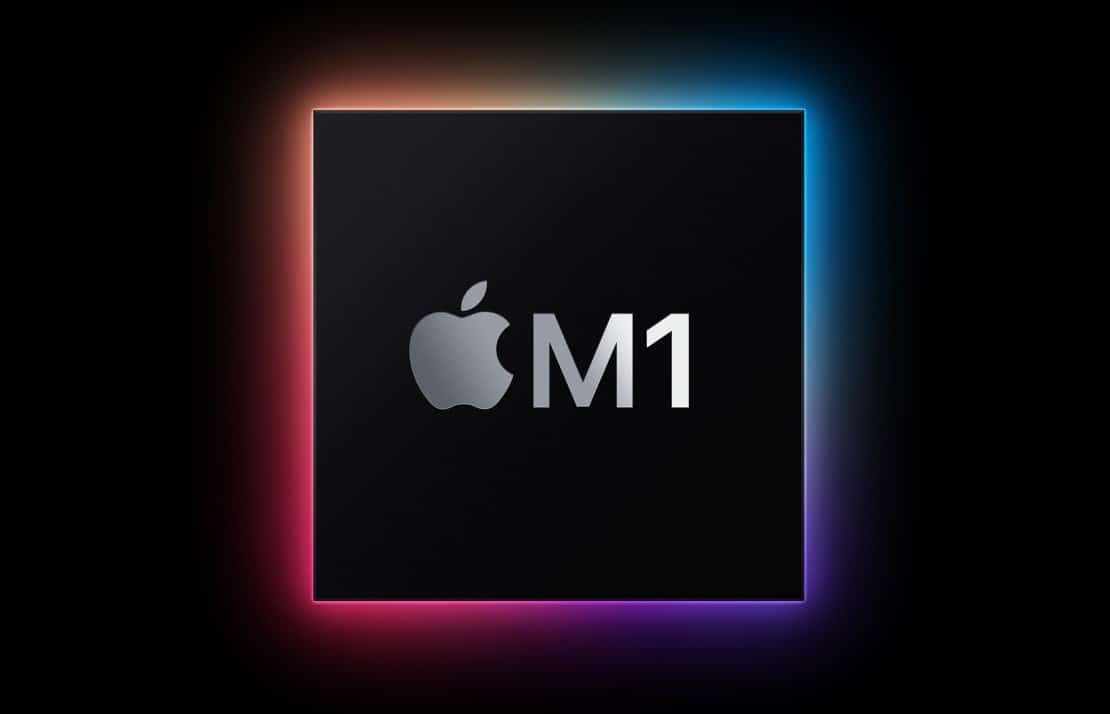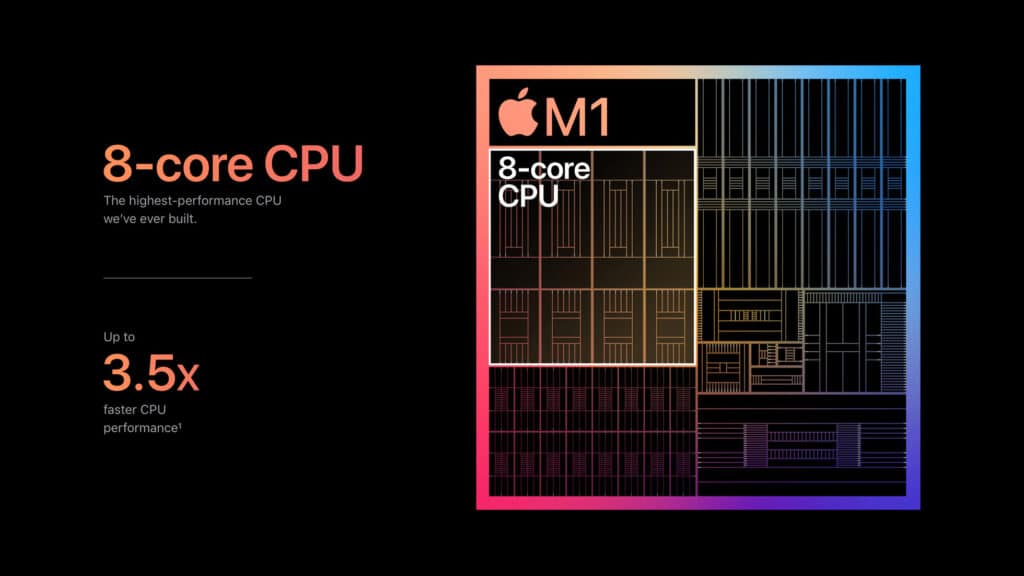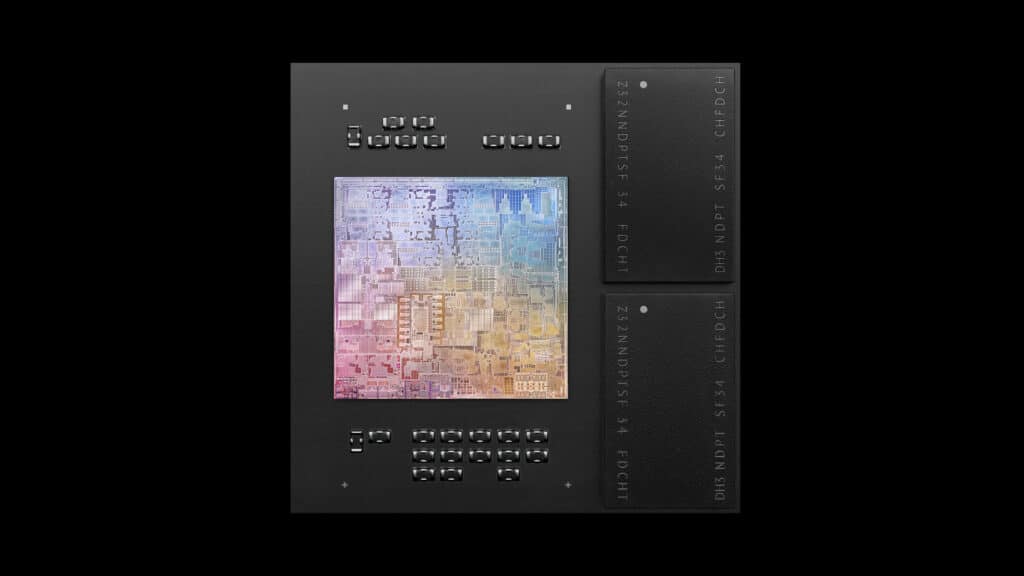
[ad_1]
After years of rumors and an announcement at WWDC 2020, Apple has introduced its first ARM processor for the Macintosh. Called M1, it is a SoC (System on a Chip) manufactured according to a 5nm process, it has an 8-core processor, which, according to the company, manages to obtain the best performance per watt of any current processor. The SoC also includes an eight-core graphics processor.
The main processor cores are divided into four high-performance and four slower, but they also consume less power.
To give an idea of the differences, the chip used in the iPhone, the A14 has a six-core processor that only has two high-performance cores.

The new M1 also features a processor for AI-related operations with 16 cores.
According to Apple, the M1 manages to achieve twice the performance of a traditional processor with the same thermal characteristics as today’s MacBook Air processors. Apple also said the M1’s integrated GPU is the fastest chip of its kind on the market today.
The M1 supports Thunderbolt 4, PCI Express Gen 4, and NVMe storage systems. Other features include a universal memory architecture, dedicated systems for encoding and decoding multimedia content, and a secure enclave for use with the computer’s authentication system, for example.

Using a 5nm manufacturing method and with all of these features, the M1 must be able to achieve significant performance and low power consumption. In the new version of the MacBook Air, which already includes this chip, Apple says you can get 15 hours of internet browsing and 18 hours of video playback on a single battery charge. Macintosh computers with Intel processors only run 11 and 12 hours in the same activities.
According to Apple, all of its applications can take advantage of the new features and increased performance offered by the M1. For example, Final Cut Pro’s video editing program can be six times faster on a computer with an M1 than the computer version with X86 processors.
A fun feature that these new processors allow is the ability to use applications for iOS and iPadOS.
Adobe has already announced that it will update its applications to take advantage of the new processors. During this transition period from Intel processors to Arm processors, Apple will include Rosetta 2 software on new computers. This program will allow you to use X86 applications on new processors. However, there is still no information on the impact on application performance or battery life.
Apple will initially sell a Macbook Air model, a Macbook Pro model, and a Mac Mini with the new processor.
Source link